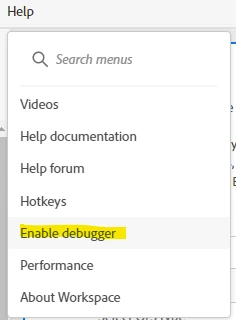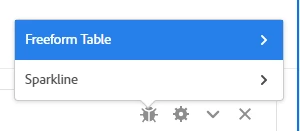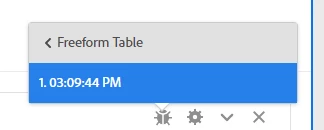Breakdown dimensions with multiple ItemIDs on Report API
I've been facing a performance issue when dealing with multiple dimensions (more than 2) on Reports API using Python (URI: analytics.adobe.io/api/xxxx/reports). I didn't find any example of this case, not even a topic in this community.
When I need to get all data for multiple dimensions, firstly I need to create all combinations (like a matrix) of each ItemID from a dimension "A" with each ItemID from a dimension "B" and "C" and so on. it causes a ton of combinations and a ton of API requests, and the majority of all requests doesn't brings back any result because, for example, not all "days" had the same "product" sold.
So, I wonder if someone knows a way to use multiple metricFilters for the same dimension in an unique API request.
Example:
{
...
"metricContainer": {
"metrics": [
{
"id": "metrics/orders",
"filters": [ 0 ]
}
],
"metricFilters": [
{
"id": "0",
"type": "breakdown",
"dimension": "variables/product",
"itemId": ["0000000001", "0000000002", "0000000003"]
}
]
},
"dimension": "variables/campaign",
...
}




